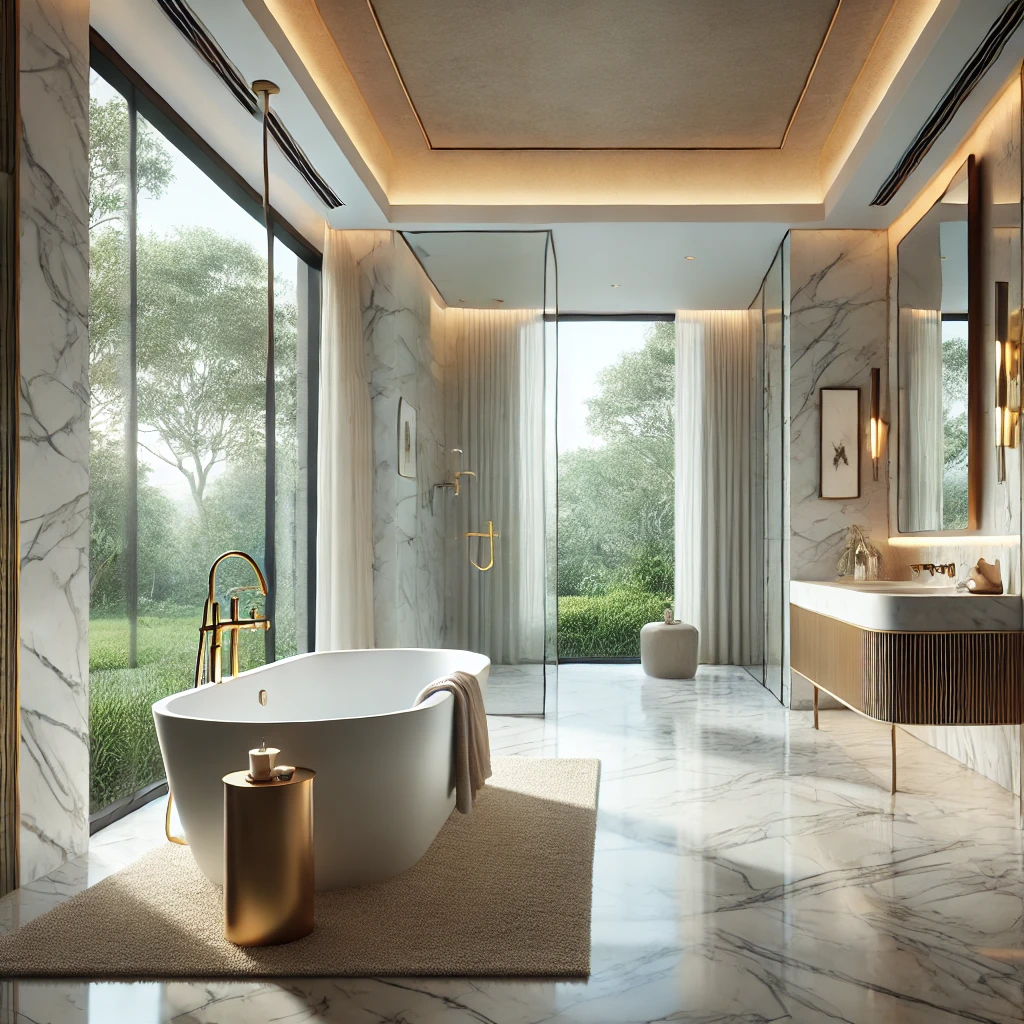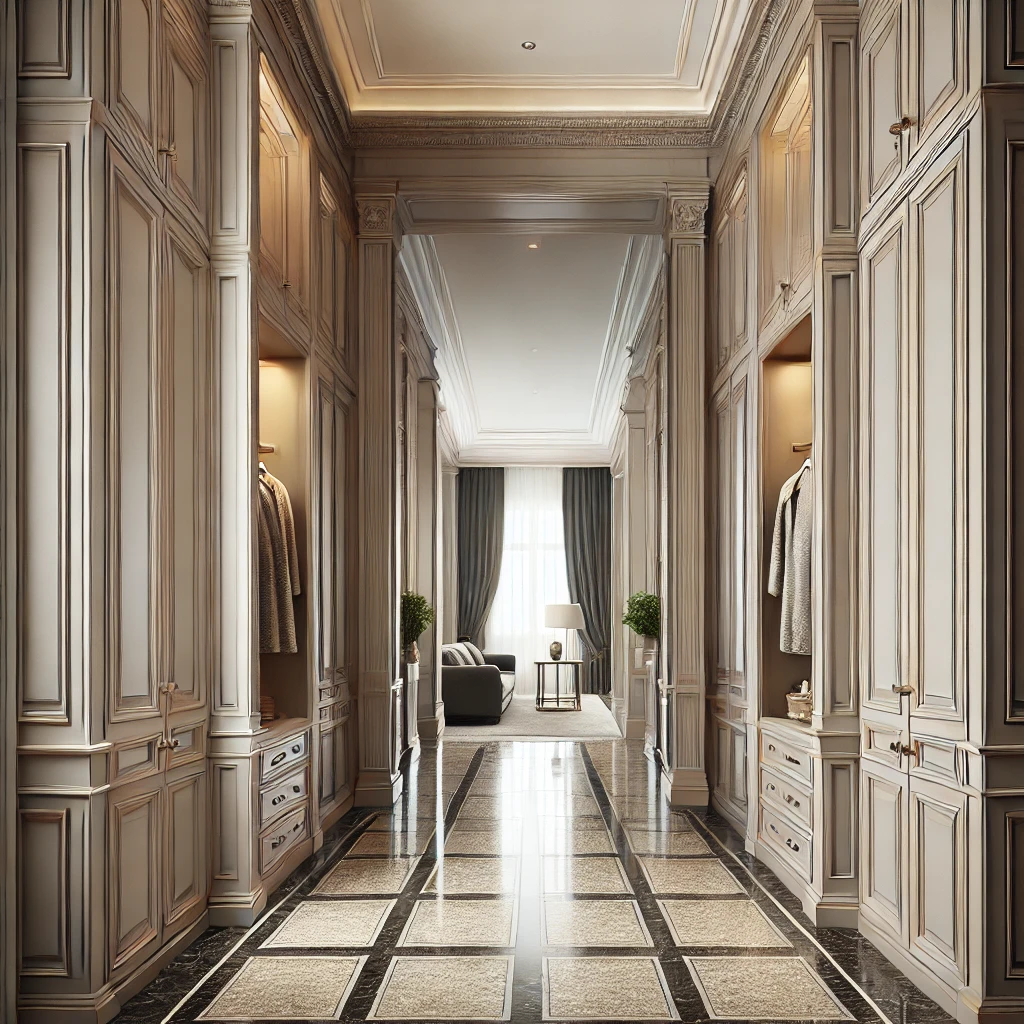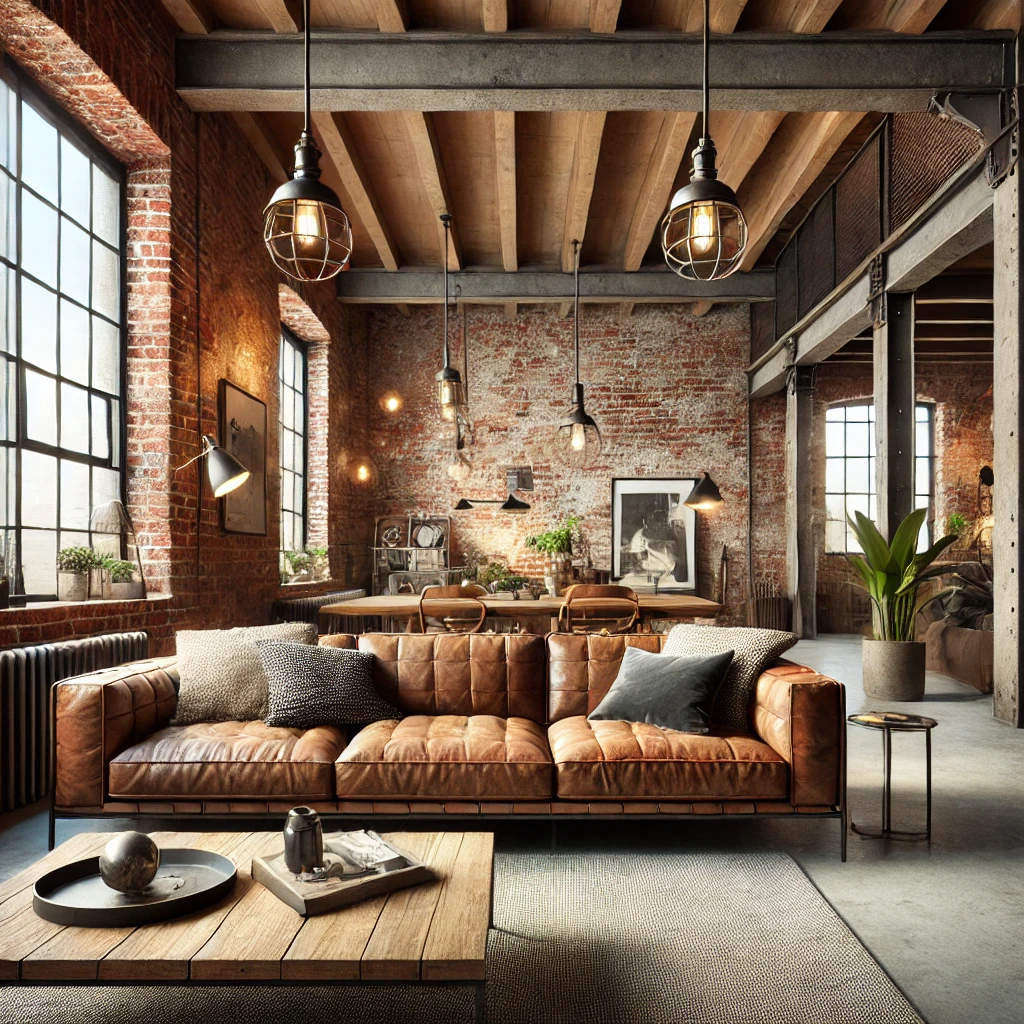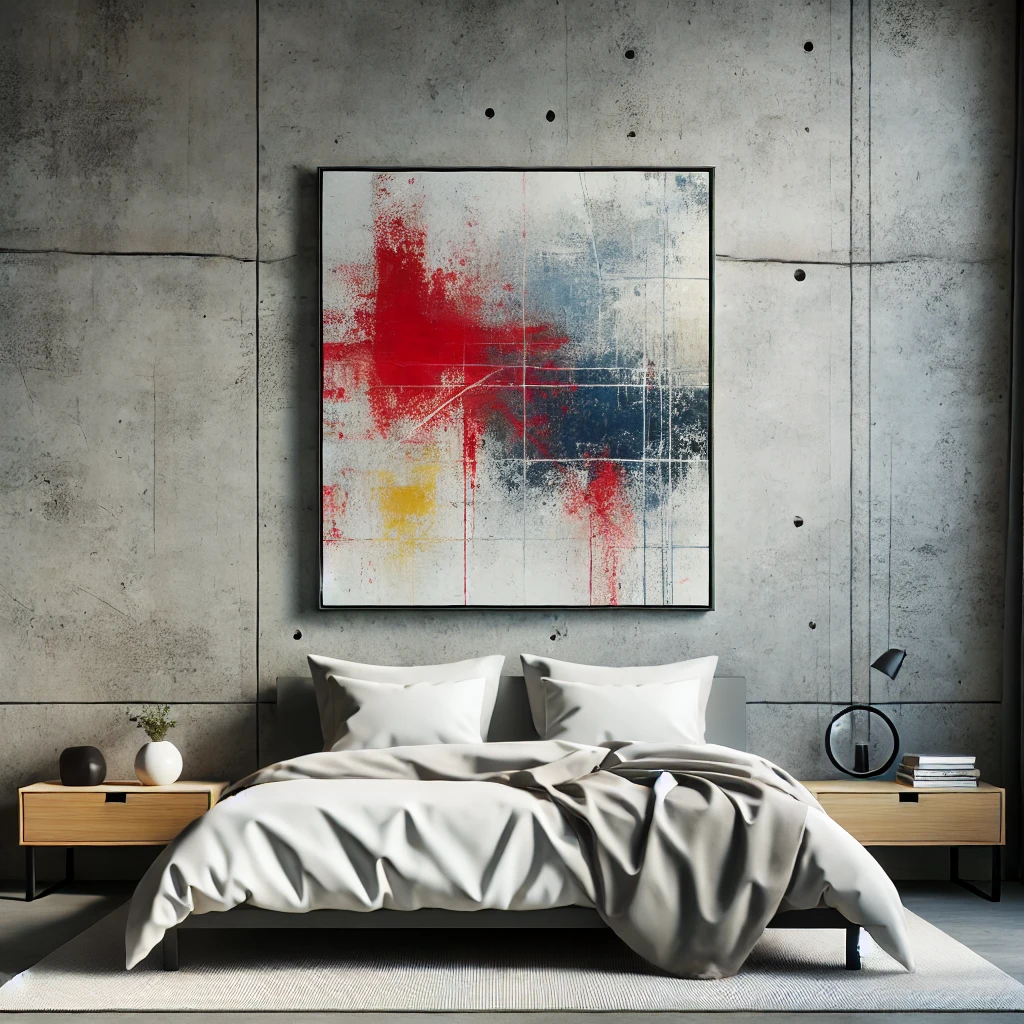Is Limewash a Paint?

When it comes to decorating our homes, paint is a word we are all familiar with. It is the go-to product for adding color and life to our walls. However, there is another material that has gained popularity in recent years: limewash. But what is limewash? Is it a type of paint? And if so, how does it differ from the standard wall paints we are used to? Let’s explore these questions and uncover the unique qualities that set limewash apart from its traditional counterparts.
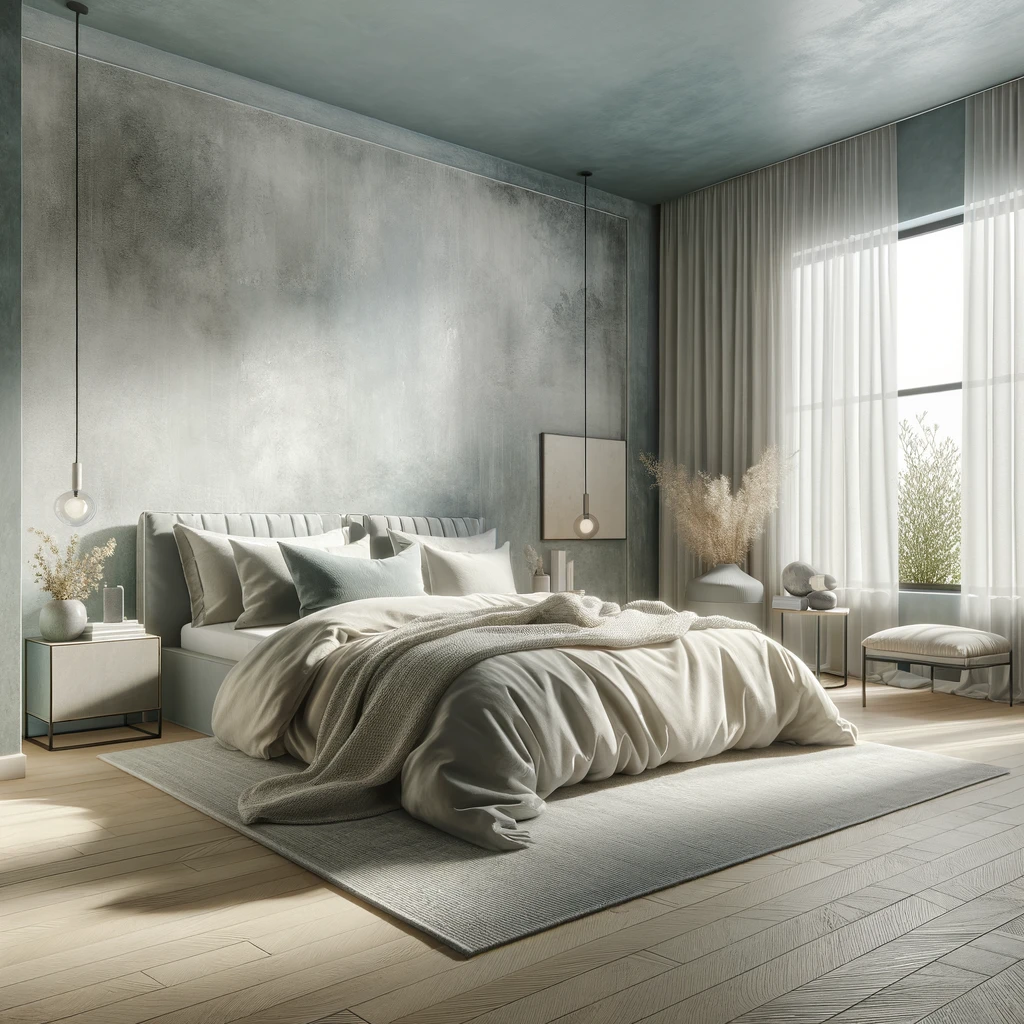
What is Paint?
Before we understand how limewash fits into the picture, we need to define what paint is. In its simplest form, paint is a liquid or mastic material that, when applied to a surface, transforms into a solid coating. It is primarily used to color, protect, and add texture to objects. Paint typically consists of three main components:
- Pigment: gives the paint its color
- Binder: holds the pigment together
- Solvent: makes the paint easier to apply
Paint works by creating a layer of coating on the applied surface. This layer is usually non-porous, which means it forms a barrier that prevents substances from penetrating. This feature is beneficial as it protects surfaces from moisture, dust, and other environmental factors. However, it also means that paint has surface tension – it forms a continuous film that adheres to the surface, which can sometimes lead to issues such as bubbling or peeling if not applied correctly.
Is Limewash a Paint?
Technically speaking, yes, limewash is a form of paint. However, it differs significantly from standard wall paint in terms of composition, application, and finish.
Limewash is made from limestone that has been crushed, burned, and mixed with water to create lime putty. This putty is then thinned with water and colored with natural pigments to create limewash paint. Unlike traditional paint, limewash contains no synthetic binders or solvents. Instead, it relies on a chemical reaction between the lime and carbon dioxide in the air to harden and form a protective layer.
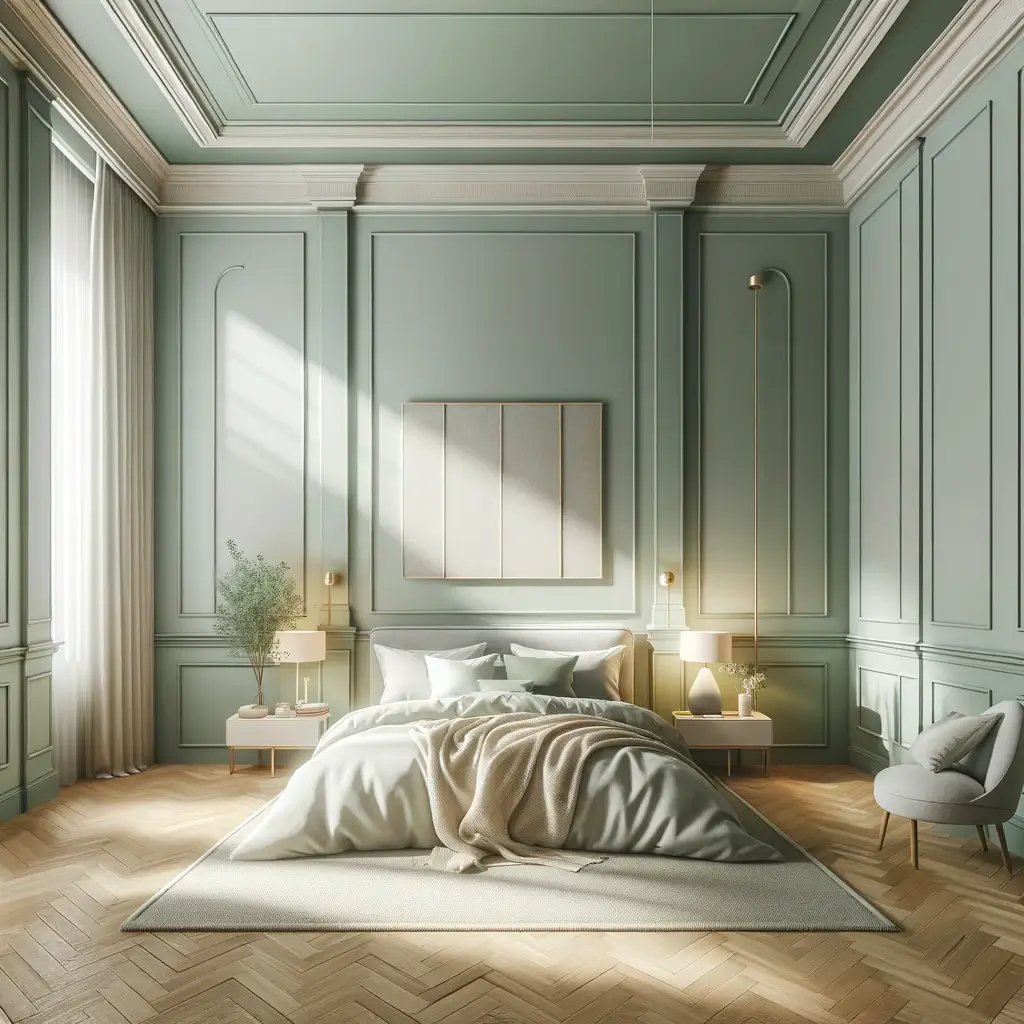
Breathability of Limewash
One of the key advantages of limewash is its breathability. Because it penetrates the substrate rather than forming a surface layer, limewash allows the wall to “breathe.” This feature means that any moisture that gets into the wall can escape as vapor, preventing issues like dampness and mold growth. This breathability makes limewash an excellent choice for older buildings that often have moisture problems due to their solid wall construction.
Additionally, the high alkalinity of limewash makes it naturally resistant to fungi and bacteria, further contributing to its suitability for damp environments. It is worth noting that the appearance of limewash can be influenced by water splashes, so a sealer is sometimes used to make the surface washable.
Nuanced Textural Finish of Limewash
Besides its practical benefits, limewash also offers a unique aesthetic appeal. Unlike standard wall paints that produce a uniform and consistent finish, limewash creates a nuanced, textured finish. The way limewash reacts with different surfaces and its method of application can result in various effects, from smooth, subtle color washes to heavily textured, rustic finishes.
This variation in texture and color gives limewash depth and richness that are hard to achieve with traditional paints. The finish can change throughout the day with the light, adding to the dynamic and lively quality of the paint.

Embracing Wabi-Sabi with Limewash
The imperfect and organic finish achieved with limewash perfectly aligns with the principles of wabi-sabi, a Japanese philosophy that embraces imperfections and the transient nature of things. Wabi-sabi finds beauty in natural flaws, the passage of time, and the inherent characteristics of materials.
Limewash embodies this philosophy. Its uneven texture and the way it patinas over time, changing and evolving with its surroundings, celebrate the beauty of imperfection and the passage of time. The depth and richness of a limewash finish offer a sense of history and character that sets it apart from other paint finishes.
Conclusion
In conclusion, while limewash is technically a form of paint, it differs significantly from standard wall paint in terms of composition, application, and finish. Its lack of surface tension, breathability, nuanced textural finish, and alignment with the principles of wabi-sabi make it a unique and increasingly popular choice for those seeking a natural, organic alternative to traditional paint. Whether you are renovating a historic property or looking to add a touch of character and depth to your modern home, limewash offers a distinctive aesthetic and practical solution.



